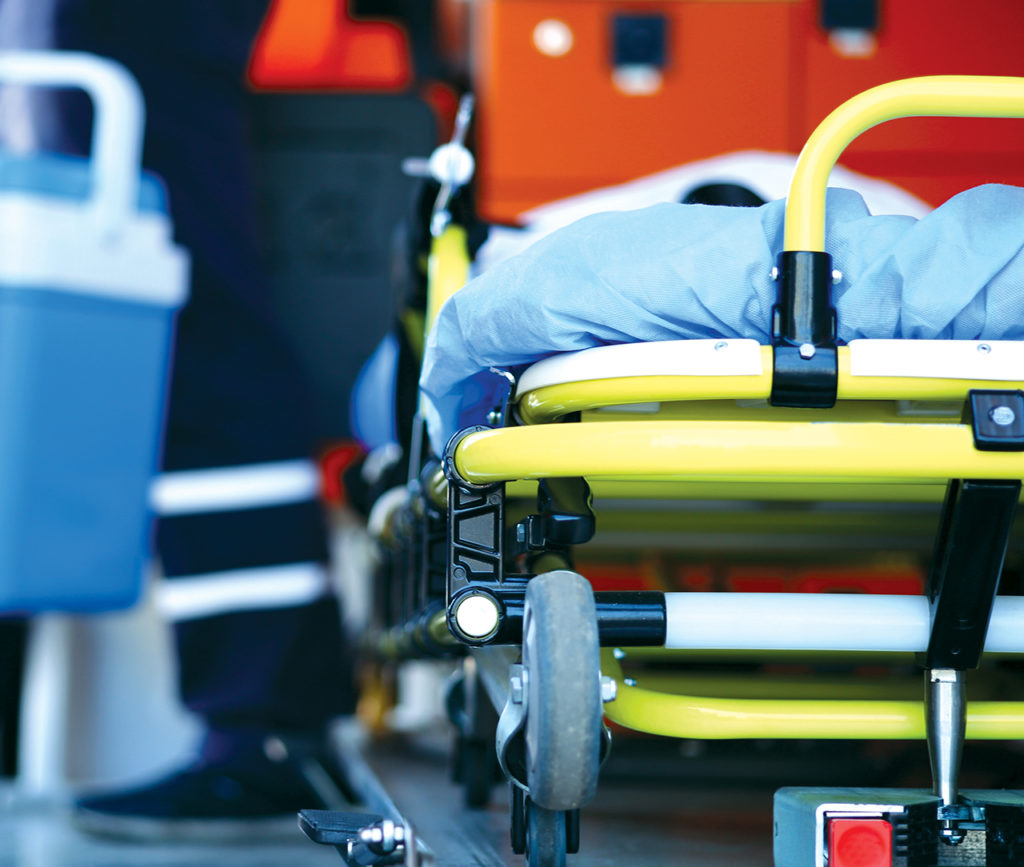About Emergency Preparedness

It’s time to change the way California thinks about disaster response. The COVID-19 pandemic showed that hospitals can quickly mobilize to provide flexible approaches to patient care during a disaster. The state must draw upon these lessons to prepare differently so the next crisis will be less severe. Given California’s size and complexity, the health care disaster response system of the future must be nimble enough to respond to any catastrophe. View more information on hospital disaster preparedness.
Presentation: Building Workforce Resilience
2016 Disaster Conference
This presentation discusses strategies hospitals can use to build a resilient workforce. The session focuses on key considerations for hospitals with emphasis on factors that affect resilience, such as availability of senior management, acclimation, employee acknowledgement, and staff appreciation.
Cal/OSHA’s Impending Workplace Violence Prevention Regulations
2016 Disaster Conference
This presentation provided an overview of Cal/OSHA’s proposed Workplace Violence Prevention Program (WPVP) Regulations, discussed key provisions of the regulations, and gave an overview of logistical challenges and considerations for hospitals.
Collaborating with Law Enforcement to Boost Resilience
2016 Disaster Conference
This session reviews how hospitals can boost resilience by incorporating law enforcement into their plans, policies and procedures. The presentation identified ways hospitals can involve law enforcement into their drills, training, and community outreach, how to incorporate law enforcement into their safety/security threat assessments, and their and Workplace Violence Prevention Program (WPVPP).
National Perspective on Responding To Terrorist Actions
2016 Disaster Conference
This presentation describes the paradigm shift that governs law enforcement’s approach to ‘active shooter’ events. The session provided an overview of the continuum of care that extends from field management to hospital care, and the steps hospitals can take to ensure trauma/burn surge capabilities.
Responding to America’s Deadliest Shooting — The Physician Perspective
2016 Disaster Conference
Presented by Orlando Health, this session provided an overview and timeline for hospitals’ response to the 2016 Pulse Nightclub shooting. The presentation discussed the lessons learned from this event, and discussed how disaster drills, collaboration, and resource optimization were key to an effective event response.
Preparing for Mass Casualty Shootings
2018 Disaster Conference
Presented by Sunrise Hospital of Las Vegas, this session reviews the hospital’s efficiencies, challenges, and lessons-learned from their response to a mass casualty incident.
Mass Casualty Incident Response Protocols
2018 Disaster Conference
This session provides strategies for hospitals to automate their Mass Casualty Incident Response to improve outcomes. The presentation provides an overview of the threat landscape, ways hospitals can identify essential elements, describes the need for mass casualty incident protocols, and reviews lessons-learned from past events/exercises.
Workplace Violence Training: Health Care System Approaches to New Law
2018 Disaster Conference
This presentation provides an overview of Dignity Health’s approach to a new workplace violence law. The session provides an outline of their approach, an evaluation of the law’s impacts, reviews implementation timelines, and reviews logistical steps for meeting new requirements.
Incorporating Clinics into Network Command Centers
2018 Disaster Conference
This session provides an overview of how hospitals can include clinics in their emergency operations plans, exercises, and communications to meet standards and requirements, as well as strengthen their overall emergency response capabilities.
Preparing Fire Evacuation of Rural Hospitals
2018 Disaster Conference
This presentation provides an overview of steps hospitals can take in preparing for imminent evacuation due to wildfire events. The session provides an overview of Helena-Fork Fire, details the hospital’s immediate response, their actions and activities, reviews decision making strategies, and provides overall lessons-learned from the event.